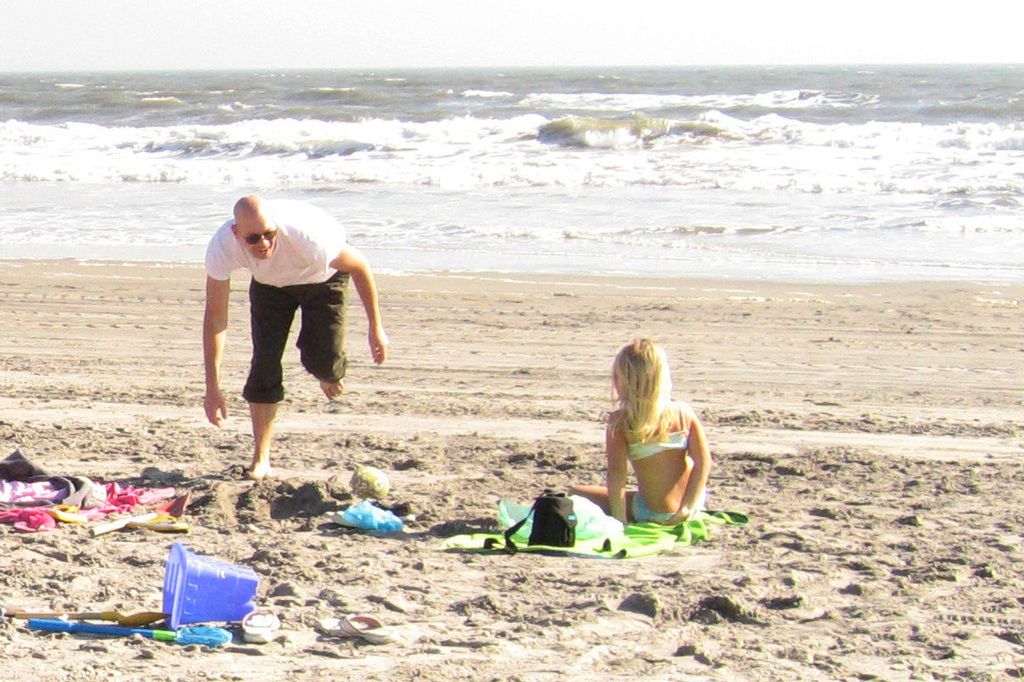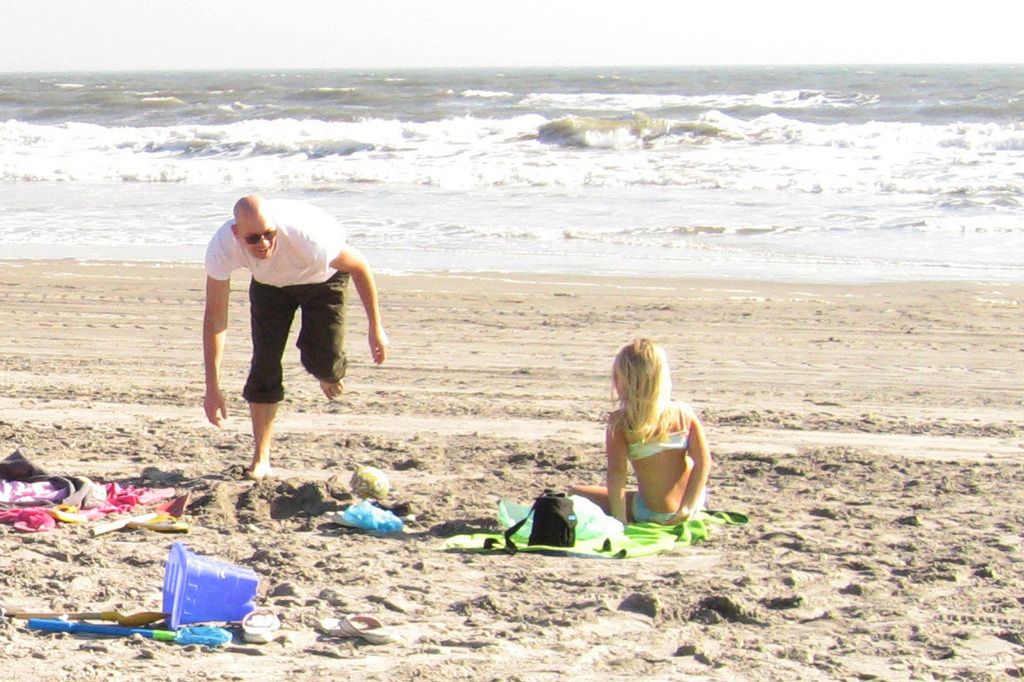Economic growth increases, 0.3% in the initial quarter of 2025, according to Istat.
Riding the Economic Wave: Italy's Growth Surges,
Italy's economy is steaming ahead with the GDP for Q1 2025 showing a growth of 0.3% compared to the previous quarter and a robust 0.6% increase from the same quarter in 2024. This positive growth has been confirmed by Istat, Italy's national statistical institute, which also revised the Q4 2024 GDP growth to 0.2%, up from the earlier estimated 0.1%.
Economic Minister Giorgetti Grins, indicating an objective of 0.6% for this year, expressed satisfaction, stating, "Istat confirms a positive growth for the first quarter, better than other European countries. This clearly indicates the correctness of our forecasts and the effectiveness of the government's economic policies." Industry and Made in Italy Minister Adolfo Urso concurred, noting, "Italy is doing better than other major European countries, production sectors are growing."
The Comparison Game,
Italy's growth of 0.3% outshines Germany's 0.2% (which remains negative on an annual basis with -0.2%) and France's modest 0.1%, both aiming for a growth of 0.7% for the year. However, the entire Eurozone boasts a healthier 0.4% growth.
Inflation Bites Back
While GDP is seeing an upswing, so is inflation. Preliminary estimates suggest inflation increased to 2% in April, up from 1.9% in March, primarily due to price hikes in food (+3.0%, from +2.4%) and transport services (+4.4% from +1.6%). Inflation excluding energy and fresh food also accelerated, rising from 1.7% to 2.1%. Codacons Sounds the Alarm, stating, "Inflation at these levels means an increase in spending, considering the totality of a family's consumption, equal to €657 per year per household, which balloons to €895 for a family with two children."
Istat clarifies that the 0.3% quarterly growth is largely due to increased value added in the agriculture, forestry, and fishing sector, as well as industry, with services remaining unchanged. On the demand side, growth comes from the national component (gross of inventories), while the net foreign component, already affected by the turbulence related to US tariffs and Trump's threats, contributes negatively.
The Unsettling Truth
Even though the GDP is no longer stagnant, as it was during the third quarter of 2024, the meager growth of 0.3% offers a thin consolation - as the president of the National Consumers' Union, Massimiliano Dona, points out. Particularly concerning is the fact that the growth forecast for 2025 is only 0.4%, considering that potential Trump tariffs could easily plunge the country into recession.
The National Consumers' Union further reports an "alarming" acceleration in inflation, with the rate soaring from +0.7% to 2%, nearly tripling in just 7 months. This increase hit households extremely hard, with a couple with two children facing an overall €714 increase in annual living costs. For a couple with one child, the additional annual expenditure totals €653, with €292 going towards food and drinks, €277 for necessary expenses (the shopping cart), and €100 for hotels and restaurants. The average family faces an additional €537 in annual expenses, with €202 allocated for food and drink, €215 for the shopping cart, and €71 for catering and accommodation services.
This rampant inflation particularly impacts families with children, as they face increased pressure from food inflation (4.2% for fresh food in April) and recreational/cultural services (3.5% growth in March). On the other hand, households without children are more exposed to energy costs, with regulated energy prices still skyrocketing (32.9% annually in April). Non-regulated energy prices, however, declined (-2.9% in April), providing a sigh of relief for households prioritizing energy-efficient consumption.
- The average family in Italy may face an additional €537 in annual expenses due to the alarming acceleration in inflation, with a significant portion going towards food and drink, necessities, and catering and accommodation services.
- The Italian GDP growth validates the government's economic policies, as Italy's 0.3% growth outshines Germany's 0.2% and France's 0.1%, but still falls short compared to the entire Eurozone's 0.4% growth.
- Speculations about potential Trump tariffs still loom large, as the President of the National Consumers' Union, Massimiliano Dona, has expressed concern that these could easily plunge the country into recession, despite the surge in Italy's GDP.





